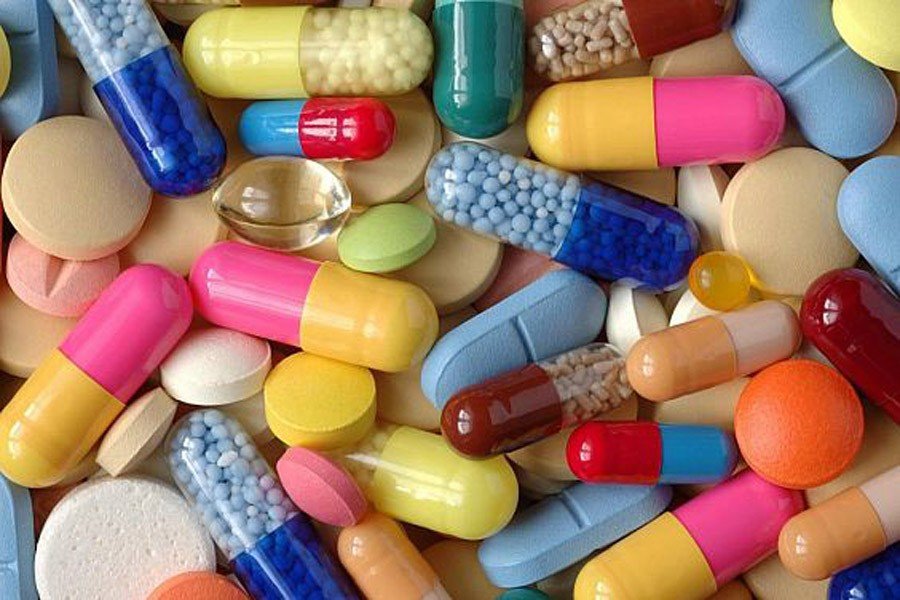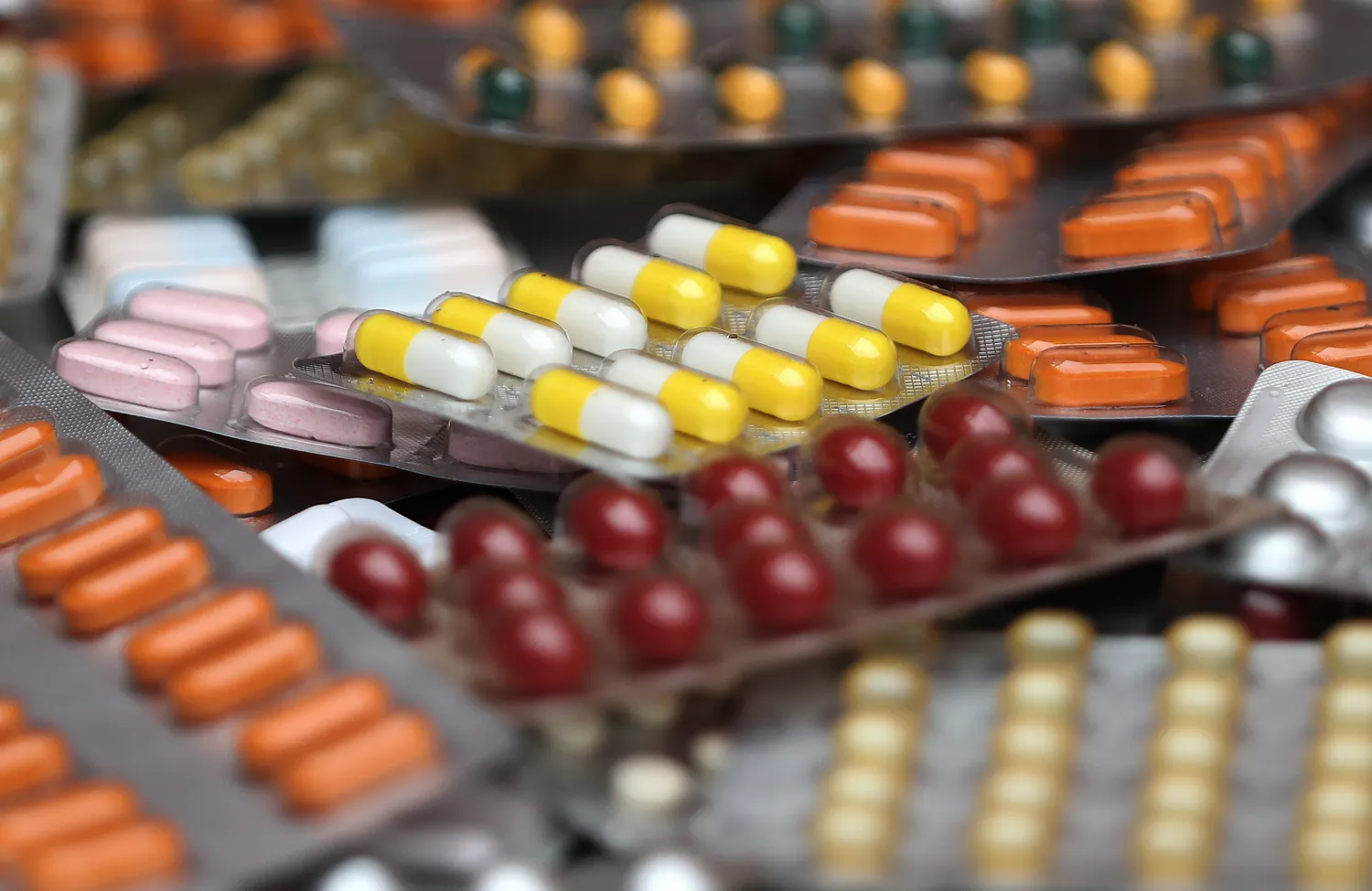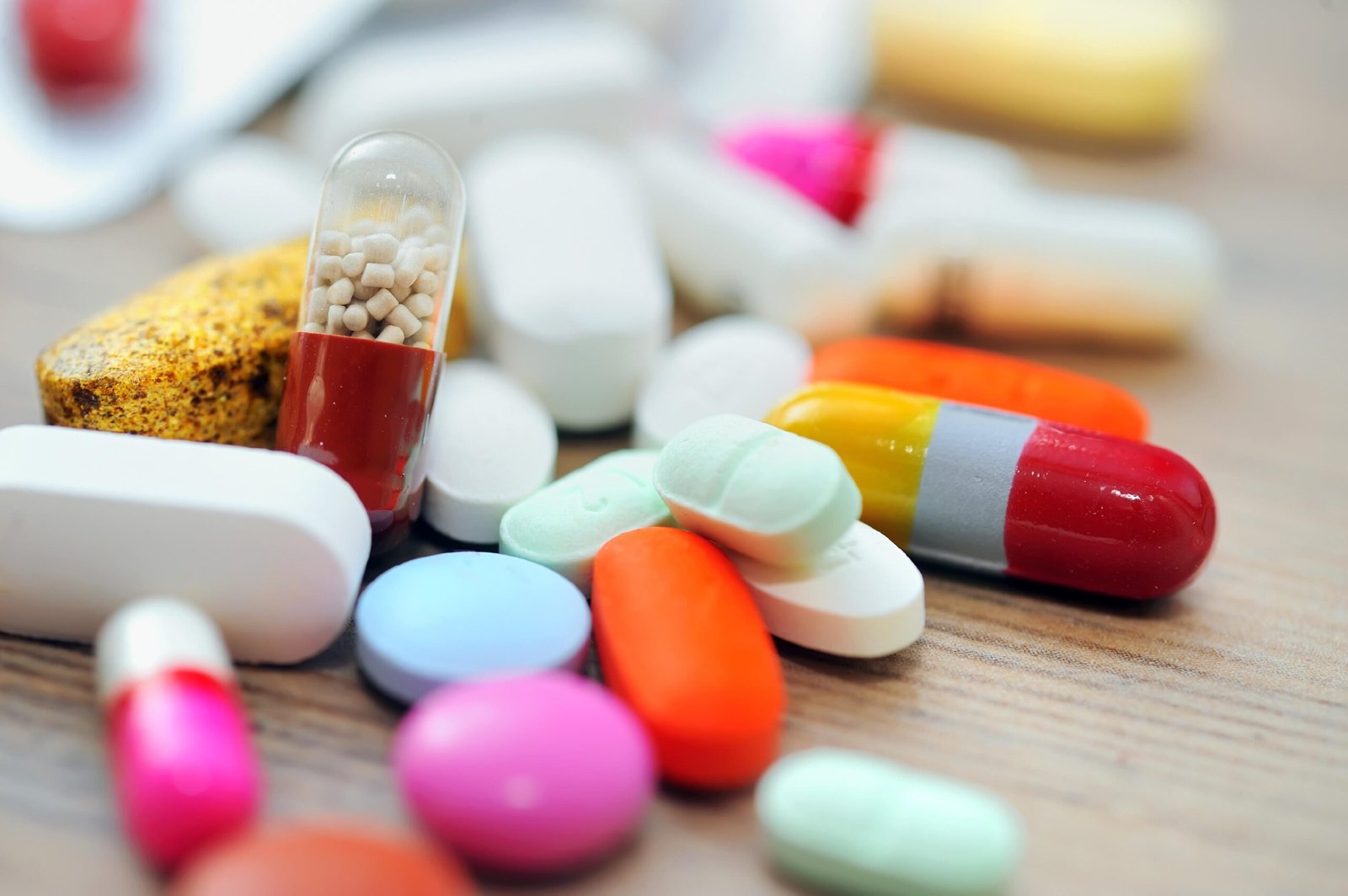Antihypertensive Drugs – This book covers the entire syllabus of “Pharmacology” prescribed by BNMC- for diploma in nursing science & midwifery students. We tried to accommodate the latest information and topics. This book is an examination setup according to the teachers’ lectures and examination questions.
At the end of the book, previous questions are given. We hope in touch with the book students’ knowledge will be upgraded and flourish. The unique way of presentation may make your reading of the book a pleasurable experience.
Antihypertensive Drugs
Anti-hypertensive drug are medicines that help lower blood pressure.
Or,
Antihypertensive are a class of drugs that are used to treat hypertension (high blood pressure). Antihypertensive therapy seeks to prevent the complications of high blood pressure, such as stroke and myocardial infarction.

Classification of anti-hypertensive drug:
A) Diuretics: For Diploma in Nursing Science & magery 1. Loop diuretics (severe anti-hypertensive drug).
2. Thiazide diuretics (moderate anti hypertensive drug)
| B) Sympathoplegic: 1. Centrally acting
2. Beta adrenoceptor antagonist.
3. Alpha adrenoceptor antagonist.
|
a) Direct vasodilators
| b) ACE inhibitors
|
| C) Ca++ channel blocker 1. Dihydropyridine family,
2. Miscellaneous –
| D) Angiotensin-II and its
|
Management of hypertension:
General management:
a. Diet:
- Restriction of salt, Avoid fatty and spicy food
- Reduce heavy alcohol consumption
- Add potassium and oily fish
b. Stop smoking
e. Regular exercise
d. Weight reduction
e. Relaxation like praying, Meditation
Antihypertensive drugs therapy:
Stage 1: Diuretics or ẞ-blocker
Stage II: Diuretics + B-blocker
Stage III: Diuretics + B-blocker + vasodilator
Stage IV: Diuretics + B-blocker (high dose) + vasodilator.
Stage V: Diuretics + B-blocker +vasodilator+ Ca** channel blocker or ACE inhibitors or methyl-dopa.
➤ Mild hypertension: single drug regimen (Stage-I).
➤ Moderately severe hypertension: two drugs regimen (Stage-II)
➤ Severe hypertension: three regimens (stage III-V).
N.B. Maintenance doses of these drugs continue throughout the life or, even up to the diagnosis.

Step 1:
- Diuretics (Thiazides 12.5-25 mg daily) or,
- B-blockers (Propranolol 2C-160 mg 12-hourly)
Step 2:
- Add B-adrenergic blocker or,
- Central adrenergic inhibitor (a-methyl dopa)
Step 3: Add a-adrenergic blocker-
- Vasodilator: Prazosin 1-10 mg 12-hourly.
Step 4: Add peripheral adrenergic inhibitors –
- Guanethedine 10-100 mg daily or,
- ACE-I (Captopril 25-75 mg 12-hourly)
- In mild hypertension:
General measures + step-1.
If above treatment fails, then consider step-II.
- In moderate hypertension:
- Consider step-II.
If above treatment fails, then consider step-III.
- In severe hypertension:
Consider step- III
If above treatment fails then consider step- IV

Strategy for drug therapy in hypertension:
1) Confirm that hypertension is present on repeated blood pressure measurement.
2) Determine whether drug therapy is required directly or general measures are appropriate, then-
3) Thiazide diuretics: a first line treatment, esp. in elderly.
4) B-adrenoceptor antagonists: can be used in combination with a thiazide.
5) Calcium-antagonists: where B-adrenoceptor antagonists are contraindicated or not tolerated.
6) ACE-inhibitors: can be used where first line treatment fails or as an alternative to p-adrenoceptor antagonists or calcium antagonists.
7) Aspirin: indicated to reduce cardiac & stroke complication
8) Resistant hypertension: examine drug compliance, consider referral to specialist clinic
A. Diuretics:
a. Thiazide diuretics:
- Bendrofluazide 2.5 mg daily, or
- Cyclopenthiazide 0.5 mg daily
b. Loop diuretics:
- Frusemide 40 mg daily, or
- Bumetanide 1-2 mg daily (it is helpful in patients with renal or cardiac impairment and in
- combination with ACE inhibitors.
B. b-adrenoceptor antagonists:
a. Cardio selective drugs (bl antagonist):
- Atenolol 50-100 mg daily, or
- Metoprolol 100-200 mg daily, or
b. Non-cardio selective drugs:
- Propranolol 40-120 mg orally 3 time a day, or
- Pindolol 15-30 mg daily, or
c. Labetalol (Combined a &b adrenoceptor antagonist) 100-200 mg twice daily.
- Oxprenolol 160-320 mg daily
C. Angiotensin converting enzyme (ACE) inhibitors: (ACE inhibitor is the drug of choice in diabetes)
- Captopril 2-75 mg 12 hourly, or
- Enalapril 20 mg daily, or
- Lisinopril 10mg daily
D. Calcium antagonists:
- Diltiazem 60 mg 8 hourly, or
- Amlodipine 5-10 mg daily, or
- Nifedipine 20 mg twice daily
E. Other drugs:
- Prazosin 0.5-20 mg daily in divided doses
- Indoramin 25-100 mg 12 hourly
- Doxazosin 1-16 mg daily
a-Methyldopa
➤ It is useful in the treatment of mild to moderately severe hypertension.
➤ It lowers the blood pressure chiefly by reducing peripheral vascular resistance. a-methyl dopa inhibits nor-adrenaline synthesis from dopa by the following mechanism:
Mechanism of action of a-methyl Dopa
1. a-methyl forms false neurotransmitter a-methyl noradrenaline which combines with a-receptor present on the surface of the neurons in the lower brain stem (neurons of nucleus of tractus solitarius of vagus)> inhibits the neurons > Decrease central and peripheral sympathetic activities > decrease BP.
2. It inhibits decarboxylarion of dopa and 5-HT> Dopa + 5-HT + Nor-adrenaline reduced > decreased sympathetic tone > decrease BP.
3. Methyl-dopa itself metabolised to a-methyl nor-epinephrine at adrenergic nerve terminals and displaces norepinephrine by acting as a false neurotransmitters which interferes with every steps of synthesis of nor-epinephrine and inhibits their release. So, less vasoconstriction > decrease B.P.
4. a-methyl dopa directly decrease renin activity> reduce the conversion of angiotensin-I to angiotensin-Il > decrease BP.
- Pharmacokinetics of a-methyl dopa
- Well absorbed from GI tract.
- Half-life: 1.5 hours.
- Anti-hypertensive effect:4-6 hours.
- Dose: Effective with twice daily. In many patients once daily is effective: 1-2 gm/day in divided dose.
- Preparation available in 125-500 mg inj. (i/v 250 mg/5 m
Indication of a-methyl dopa
✔Moderate and severe hypertension.R
✔ Hypertensive crisis.
✔ Pheochromocytoma.
✔Malignant carcinoid.
Adverse effects of a-methyl dopa
M = Mental symptoms (sedation, lassitude, vertigo)
E = Electrolytes imbalance.
T = Tolerance, thrombocytopenia.
H=Headache.
Y = 1 Psychic depression.
L = 1 Lactation (due to prolactin release).
D = 1 Dryness of mouth.
O=Oedema.
p = 1 Parkinsonism, Postural hypotension.
A = Allergic reaction, Grey-black urine.
Toxicity
Over sedation, mental lassitude, impaired mental concentration, nightmares, depression, vertigo, lactation (both in man and women).

Clonidine
It is centrally acting (a-adrenoceptor agonist) sympatholytic agent and acts by decreasing central sympathetic activity.
Mechanism of action of Clonidine
It combines with a_{2} 1 receptors of lower brainstem> inhibits release of nor-adrenaline from the neurons > Decrease central sympathetic activity > reduction of cardiac output due to decrease heart rate and relaxation of capacitance vessels > decrease B.P (here no consistent change in peripheral vascular resistance).
Summary:
Clonidine reduces sympathetic and increases parasympathetic tone resulting in blood pressure lowering and bradycardia
Pharmacological action of Clonidine
➤ CNS: Suppress sympathetic outflow (Acts on postsynaptic a2-receptor) (Effect: Decrease the blood pressure)
➤Periphery (High dose): Activates presynaptic a2-receptors. These mediate negative feedback suppression of nor-adrenaline release (effect: decrease B.P)
➤ CVS: Decrease heart rate. Decrease cardiac output.
➤ Blood vessels: Relaxation of capacitance vessels. Reduction in peripheral resistance. Decrease blood pressure.
Indication of Clonidine
1) Hypertension.
2) Prophylaxis of migraine.
3) Diagnosis of phaechromocytoma.
Adverse effects of Clonidine
1) Sedation.
2) Dry mouth
3) Drowsiness
4) Rebound hypertension.
Pharmacokinetics of Clonidine
➤Bioavailability:75%
➤Half-life: 8-12 hours.
➤Excretion: Half of the drug excreted unchanged. Antihypertensive effect directly related to its conc. in blood.
➤Dose: 0.2 and 1.2 mg/day.
Sudden withdrawal effect
Results life threatening hypertensive crises. patient exhibits nervousness, tachycardia, headache and sweating (on omitting one or two dose).
N.B.: Sudden withdrawal of the drug must be avoided. If required, should be done gradually.
Antihypertensive action of clonidine Vs methyldopa
| Clonidine | Methyldopa |
| Mechanism CNS: decrease sympathetic outflow PNS: decrease NA release by acting on presynaptic a2- receptors. So, decrease COP and relaxation of capacitance vessels | Mechanism CNS: decrease sympathetic outflow PNS: decrease Nor-Ad. release (autoinhibitory feedback mechanism by a2-receptors).mib Net effect: decrease, peripheral to vascular resistance |
| Peak action: within 2-4 hours Duration of action: 8 hours. Adverse effects: Sedation Dry mouth Drowsiness | Peak action: within 2-4 hrs. Duration of action: 8 hours. Adverse effects: Postural hypotension. Sedation depression. Failure of ejaculation. Positive coomb’s test |
Read more:
